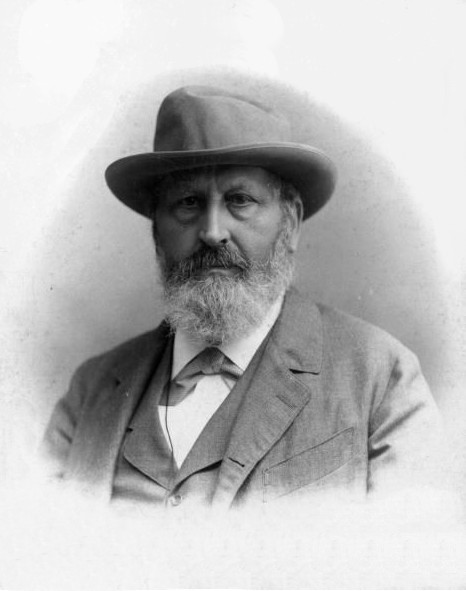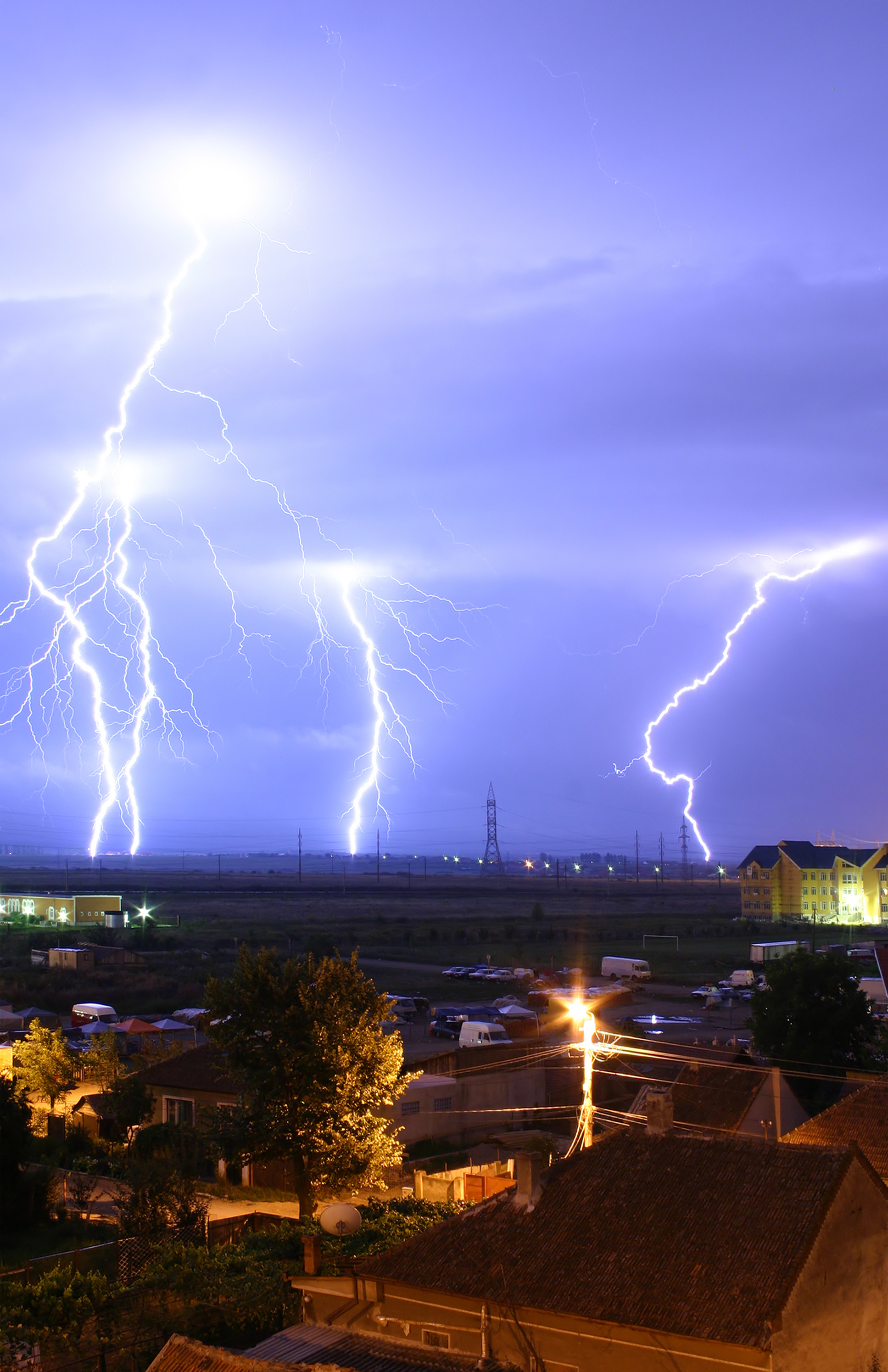|
Heinrich Mache
Heinrich Mache (27 April 1876 – 1 September 1954) was an Austrian physicist. He won the Haitinger Prize of the Austrian Academy of Sciences in 1915. Life Born in Prague, after his secondary school studies, Mache completed the first year of physics in Prague, among other things, heard lectures by Ernst Mach and in 1894 moved with his family to Vienna, where he continued his studies with Franz Serafin Exner and continued with Ludwig Boltzmann. He received his doctorate in 1898 working under Exner on the "experimental proof of electrostriction in gases" and worked as a photographic expert during 1900/1901 and participated in the astronomical expedition for the Vienna Academy to India. In connection with his research he conducted air electrical measurements on the Red Sea, in Delhi, Ceylon and Upper Egypt. In 1901 he habilitated at the University of Vienna. In 1906 he was appointed associate professor at the University of Innsbruck, which he left after two years in order ac ... [...More Info...] [...Related Items...] OR: [Wikipedia] [Google] [Baidu] |
Eduard Suess
Eduard Suess (; 20 August 1831 - 26 April 1914) was an Austrian geologist and an expert on the geography of the Alps. He is responsible for hypothesising two major former geographical features, the supercontinent Gondwana (proposed in 1861) and the Tethys Ocean. Biography Eduard Suess was born on 20 August 1831 in London, England, the oldest son of Adolph Heinrich Suess, a Lutheran Saxon merchant, and mother Eleonore Friederike Zdekauer. Adolph Heinrich Suess was born on 11 March 1797 in Saxony, Holy Roman Empire and died on 24 May 1862 in Vienna, Austrian Empire, German confederation; Eleonore Friederike Zdekauer was born in Prague, nowadays part of the Czech Republic, which once belonged to the Holy Roman Empire and the Austrian Empire. When Eduard Suess was born, his family relocated to Prague, and then to Vienna when he was 14. He became interested in geology at a young age. While working as an assistant at the Hofmuseum in Vienna, he published his first paper—on the g ... [...More Info...] [...Related Items...] OR: [Wikipedia] [Google] [Baidu] |
Curie (unit)
The curie (symbol Ci) is a non- SI unit of radioactivity originally defined in 1910. According to a notice in ''Nature'' at the time, it was to be named in honour of Pierre Curie, but was considered at least by some to be in honour of Marie Curie as well, and is in later literature considered to be named for both. It was originally defined as "the quantity or mass of radium emanation in equilibrium with one gram of radium (element)", but is currently defined as 1 Ci = decays per second after more accurate measurements of the activity of 226Ra (which has a specific activity of ). In 1975 the General Conference on Weights and Measures gave the becquerel (Bq), defined as one nuclear decay per second, official status as the SI unit of activity. Therefore: : 1 Ci = = 37 GBq and : 1 Bq ≅ ≅ 27 pCi While its continued use is discouraged by National Institute of Standards and Technology (NIST) and other bodies, the curie is still widely used throughout ... [...More Info...] [...Related Items...] OR: [Wikipedia] [Google] [Baidu] |
Pico-
A metric prefix is a unit prefix that precedes a basic unit of measure to indicate a multiple or submultiple of the unit. All metric prefixes used today are decadic. Each prefix has a unique symbol that is prepended to any unit symbol. The prefix ''kilo-'', for example, may be added to ''gram'' to indicate ''multiplication'' by one thousand: one kilogram is equal to one thousand grams. The prefix '' milli-'', likewise, may be added to ''metre'' to indicate ''division'' by one thousand; one millimetre is equal to one thousandth of a metre. Decimal multiplicative prefixes have been a feature of all forms of the metric system, with six of these dating back to the system's introduction in the 1790s. Metric prefixes have also been used with some non-metric units. The SI prefixes are metric prefixes that were standardised for use in the International System of Units (SI) by the International Bureau of Weights and Measures (BIPM) in resolutions dating from 1960 to 2022. Since 2009, ... [...More Info...] [...Related Items...] OR: [Wikipedia] [Google] [Baidu] |
Electrostatic Unit
The franklin (Fr) or statcoulomb (statC) electrostatic unit of charge (esu) is the physical unit for electrical charge used in the cgs-esu and Gaussian units. It is a derived unit given by : 1 statC = 1 dyn1/2⋅cm = 1 cm3/2⋅g1/2⋅s−1. That is, it is defined so that the Coulomb constant becomes a dimensionless quantity equal to 1. It can be converted using : 1 newton = 105 dyne : 1 cm = 10−2 m The SI system of units uses the coulomb (C) instead. The conversion between C and statC is different in different contexts. The most common contexts are: * For electric charge: *: 1 C ≘ ≈ *: ⇒ 1 statC ≘ ~. * For electric flux (ΦD): *: 1 C ≘ 4π × ≈ *: ⇒ 1 statC ≘ ~. The symbol "≘" ('corresponds to') is used instead of "=" because the two sides are not interchangeable, as discussed below. The number is 10 times the numeric value of the speed of light expressed in meters/second, and the conversions are ''exa ... [...More Info...] [...Related Items...] OR: [Wikipedia] [Google] [Baidu] |
Liter
The litre (international spelling) or liter (American English spelling) (SI symbols L and l, other symbol used: ℓ) is a metric unit of volume. It is equal to 1 cubic decimetre (dm3), 1000 cubic centimetres (cm3) or 0.001 cubic metre (m3). A cubic decimetre (or litre) occupies a volume of (see figure) and is thus equal to one-thousandth of a cubic metre. The original French metric system used the litre as a base unit. The word ''litre'' is derived from an older French unit, the '' litron'', whose name came from Byzantine Greek—where it was a unit of weight, not volume—via Late Medieval Latin, and which equalled approximately 0.831 litres. The litre was also used in several subsequent versions of the metric system and is accepted for use with the SI,Bureau International des Poids et ... [...More Info...] [...Related Items...] OR: [Wikipedia] [Google] [Baidu] |
Wilhelm Exner Medal
The Wilhelm Exner Medal has been awarded by the Austrian Industry Association, (ÖGV), for excellence in research and science since 1921. The medal is dedicated to Wilhelm Exner (1840–1931), former president of the Association, who initialized the chamber of commerce in Austria, the Vienna Technical Museum and the World Exhibition in Vienna. According to Wilhelm Exner the combination of science and economy formed the groundwork for economical growth and wealth. Wilhelm Exner considered the radical changes in the economic and social framework of the 20th century to be an opportunity and aimed to tackle the issues arising offensively and constructively. He represented the cosmopolitan Austrian liberalism with a commitment to modernization and transformation of the economy, science and society. Throughout his career, he has taken a variety of key initiatives and has been involved by helping economy and business. The Wilhelm Exner Medal is awarded to scientists and researchers th ... [...More Info...] [...Related Items...] OR: [Wikipedia] [Google] [Baidu] |
Radon
Radon is a chemical element with the symbol Rn and atomic number 86. It is a radioactive, colourless, odourless, tasteless noble gas. It occurs naturally in minute quantities as an intermediate step in the normal radioactive decay chains through which thorium and uranium slowly decay into various short-lived radioactive elements and lead. Radon itself is the immediate decay product of radium. Its most stable isotope, 222Rn, has a half-life of only 3.8 days, making it one of the rarest elements. Since thorium and uranium are two of the most common radioactive elements on Earth, while also having three isotopes with half-lives on the order of several billion years, radon will be present on Earth long into the future despite its short half-life. The decay of radon produces many other short-lived nuclides, known as "radon daughters", ending at stable isotopes of lead.+ ion is believed to form by the following reaction: : Rn (g) + 2 (s) → (s) + 2 (g) For this reason, antimo ... [...More Info...] [...Related Items...] OR: [Wikipedia] [Google] [Baidu] |
Ludwig Flamm
Ludwig Flamm (29 January 1885 - 4 December 1964) was an Austrian physicist. Biography Ludwig Flamm, who came from a family of watchmakers, studied physics at the University of Vienna. In 1916 he was awarded the ''pro venia legendi'' at the Technische Universität Wien and in 1919 achieved a professorship. From 1922 to 1956 Flamm was a full professor and board member for physics at the Technische Universität Wien. He acted as dean from 1929 to 1931 and as rector from 1930 to 1931. Flamm was also a member of the Austrian Academy of Sciences. Flamm was married to Elsa, the youngest daughter of Ludwig Boltzmann. His son Dieter Flamm was a university professor at the Institute for Theoretical Physics of the University of Vienna since 1973. Work Ludwig Flamm worked in various areas of theoretical physics, including quantum mechanics and the general relativity theory, and concerning the Schwarzschild metric, "Flamm's paraboloid". He was the first to describe solutions that lead ... [...More Info...] [...Related Items...] OR: [Wikipedia] [Google] [Baidu] |
Atmospheric Electricity
Atmospheric electricity is the study of electrical charges in the Earth's atmosphere (or that of another planet). The movement of charge between the Earth's surface, the atmosphere, and the ionosphere is known as the global atmospheric electrical circuit. Atmospheric electricity is an interdisciplinary topic with a long history, involving concepts from electrostatics, atmospheric physics, meteorology and Earth science. Thunderstorms act as a giant battery in the atmosphere, charging up the electrosphere to about 400,000 volts with respect to the surface. This sets up an electric field throughout the atmosphere, which decreases with increase in altitude. Atmospheric ions created by cosmic rays and natural radioactivity move in the electric field, so a very small current flows through the atmosphere, even away from thunderstorms. Near the surface of the Earth, the magnitude of the field is on average around 100 V/m. Atmospheric electricity involves both thunderstorms, which c ... [...More Info...] [...Related Items...] OR: [Wikipedia] [Google] [Baidu] |



